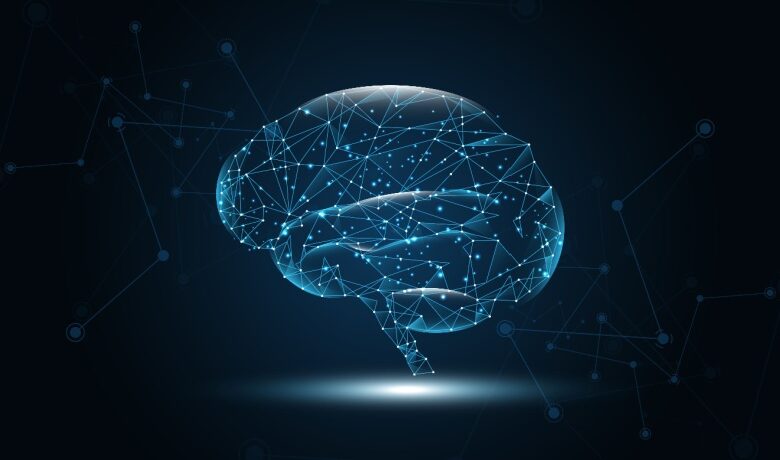A Network Of Learning Nodes For Adaptive, Versatile Education


Establishing A Network Of Learning Nodes Through The Netflix Of Learning
Until a few years ago, students at some point in time made a solemn declaration to, “exercui, laboravi, recessi.” Translated that means, “I trained, I worked, I retired.” This dogma was one of the central attributes of the linear system of education or learning, wherein every student irrespective of their areas of interest, or pace of learning, was expected to tread a path that is a straight line; grade after grade, course after course, all neatly prescribed by the education system. Today, in the era of the gig economy, where versatility is key, the rigid structure of the linear education system is making room for a more flexible network model of learning.
Falling Under The Circles’ Spell
The necessities in the market and the economy have prompted a subsequent shift in the approach to education delivery. There is a growing pressure to offer more personalized and flexible education, including microlearnings or nano degrees that address the evolving skills and needs of the market.
Russian painter Vasily Kandinsky once said that in a constantly changing world where nothing is constant, it is preferable to be a jack of all trades, instead of being specialized in one. This may be a debatable argument, but nonetheless, learners who want to try out a varied number of subjects and courses are undoubtedly true jacks of all trades. Hence, a networked universe with multiple nodes of learning and flexible exit and entry points that enable easier transitions and shifts works better than a linear model as we gaze into the future.
Key Features Of A Technology-Driven Network Of Learning Nodes
In the world of learning, the demands of the future call for the integration of technology and data-driven insights which enable the learner to traverse this network of learning nodes. Consequently, a distinctive pattern of education has emerged, which is characterized by the following key features:
1. Cherry-Pick Content Without Forfeiting Prior Interests
The pattern of learning is characterized by its ability to help the consumer cherry-pick content without forfeiting prior interests. Hence, while an algorithm picks up your interest in mathematics, it should also suggest a course in Japanese, after granularly analyzing your interest.
2. Adaptive Learning And Learning As Per Preferred Interests
Students can now choose multiple points of entry, which was not the case earlier when the choice was limited. An engineering or liberal arts graduate studied for four years. Not anymore, as students work their way across to a degree with short spurts of microlearnings or nano degrees.
3. Set A Pace To Learning
Just as Netflix adapts its recommendations, an educational platform could employ adaptive learning technologies. These systems adjust the difficulty and type of content based on a learner’s performance, ensuring an optimized learning path.
4. Binge Learning
As the economy changes, employers favor those students who have developed multiple skillsets throughout their education. Even in the workforce, there is increasing pressure to binge learn and change with the times.
5. Multiple Choices
On-demand access to a vast library of content. In a learning context, this could mean accessing a wide range of educational materials and courses whenever learners need them.
How To Know Unfailingly What The Student Wants: The Netflix Of Learning
Technology enables sellers and distributors to know about the choices of millions of consumers through powerful recommendation engines. Every minute, every second, their engines shift through stockpiles of consumer/user data, providing instantaneous and uniquely personalized recommendations and predictions. Relying on the leveraging power of data, analytics, Artificial Intelligence, and NLP, these engines work behind the scenes of platforms such as Amazon, Spotify, and Netflix to decipher the consumer’s mind with amazing alacrity, providing services tailored to their tastes.
The same principles apply to the Netflix of learning. AI and next-gen technology should power a cutting-edge engine that continuously recommends and guides the learner as they traverse through this network of learning nodes. Provided below are some of the key data points that are leveraged by this recommendation engine to provide targeted inputs to users during their learning journey.
- User preferences
Curating content by understanding individual preferences. - Learning styles
Through engaging videos, interactive quizzes, or written content, tailor the delivery method for a more effective learning experience. - Skill level and proficiency
Recommend content that matches their skill level, based on data on a user’s current proficiency. - Progress and achievements
Provide suggestions that align with the user’s learning journey. - Time constraints
Understanding users’ time constraints and availability for learning activities is paramount for creating bite-sized content or personalized learning. - Preferred devices
Optimizing content presentation on preferred devices. - Learning objectives
Tailor content that directly contributes to the user’s aspirations. - Learning path history
Guiding users toward content that aligns with their learning journeys analyzing past choices and progression,
Therefore, for education institutions, publishers, and content producers aspiring to make a substantial leap forward, let us embrace the potential of a network of learning nodes and of a dynamic and personalized educational experience, facilitated by cutting-edge technology and innovative approaches—the Netflix of learning.
Source link



